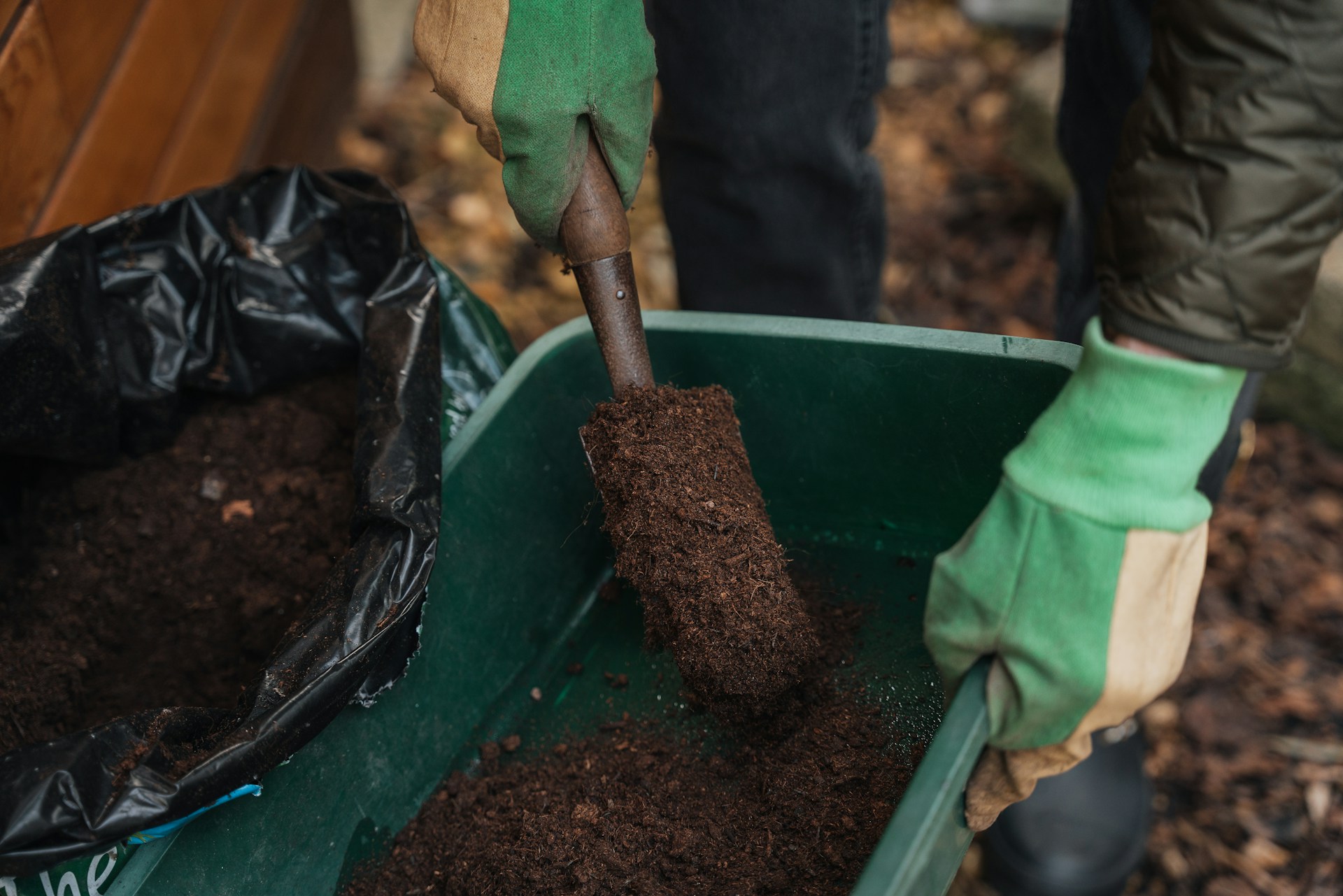As avid gardeners and landscape professionals, we know that selecting the right type of garden soil is essential for the proper growth and development of plants. It’s not just about looking for the cheapest option or choosing the first soil bag you come across in the store. There are many factors to consider when it comes to selecting garden soil, such as texture, nutrients, and pH level, to ensure that it will provide the ideal environment for your plants to thrive.
In this comprehensive guide, we will delve into the world of garden soil and discuss everything you need to know to make an informed decision on which type of soil is best suited for your gardening needs. We will cover different types of garden soil and their characteristics, the importance of soil pH balance, and tips on how to choose the right soil based on the specific requirements of your plants.
The Importance of Soil Texture
The texture of your garden soil plays a crucial role in determining the overall health of your plants. Soil texture refers to the size and arrangement of the mineral particles found in the soil, which can range from tiny clay particles to larger sand particles. The ideal soil texture promotes drainage while retaining enough water and nutrients to support plant growth.
There are three primary types of soil textures: sandy, loamy, and clayey. Sandy soil consists of large particles that allow for quick drainage but may not retain sufficient moisture and nutrients for some plants. Clayey soil contains smaller particles that can hold more water and nutrients but may become compacted and limit root growth. Loamy soil, the ideal texture for most plants, is a balanced mix of sand, silt, and clay particles. It offers excellent drainage, aeration, and nutrient retention, making it suitable for various plant species. To determine your soil’s texture, perform a simple test by squeezing a wet soil sample in your hand. If it falls apart easily, it is sandy; if it holds shape but crumbles when pressed, it is loamy; and if it holds shape and does not crumble, it is clayey.
Nutrient Considerations and Soil Conditioners
The nutrient content of your garden soil influences your plants’ ability to grow and thrive. Key nutrients, such as nitrogen, phosphorus, and potassium, are vital for healthy plant development, while secondary nutrients, such as calcium, magnesium, and sulfur, are also essential but required in smaller amounts. Additionally, plants need micronutrients, such as iron, manganese, and zinc, in trace amounts.
Soil conditioners can significantly improve the nutrient content and overall quality of your garden soil. Organic matter like compost, manure, and peat moss are excellent soil conditioners that can help improve soil texture, increase water retention, and supply nutrients to your plants. If your soil is deficient in specific nutrients, consider using targeted fertilizers to address those needs. For example, if your garden suffers from poor blooming or fruit production, you may need phosphorus supplementation in the form of a bone meal or a specialized phosphorus-rich fertilizer.
Selecting the Right Soil for Your Plants
Different plants have various soil preferences, so it’s essential to consider each plant’s specific requirements when choosing garden soil. The following are some common plant types and their preferred soil conditions:
1. Flowering Plants: Most flowering plants thrive in a loamy soil with good drainage and a slightly acidic pH. Some examples include roses, perennials, and annuals. Consider using a high-quality topsoil mixed with compost to help improve the fertility and water retention of your garden.
2. Vegetables and Herbs: These plants generally prefer rich, well-draining soil with a neutral pH. A combination of topsoil, compost, and well-rotted manure creates an ideal growing environment for vegetables and herbs.
3. Acid-Loving Plants: Plants such as blueberries, azaleas, and rhododendrons require acidic soil with a pH between 4.5 and 6.0. To lower your soil’s pH, consider amending it with elemental sulfur, aluminum sulfate, or an acidifying soil conditioner like peat moss.
4. Cacti and Succulents: These drought-tolerant plants thrive in well-draining sandy or gritty soil. Consider a mix of coarse sand, perlite, and a small amount of organic matter like compost to create the ideal soil for cacti and succulents.
Playground Mulch and Equipment Considerations
In addition to selecting the right garden soil, many landscaping projects include creating safe and enjoyable outdoor play areas for children. Playground mulch is an excellent option for these spaces, as it provides a soft and safe surface for children to play on while adding a natural aesthetic to the landscape. Organic playground mulch, made from shredded wood or bark, is a popular choice for residential and commercial playgrounds. When deciding on playground mulch, consider factors like accessibility, durability, and potential allergens.
Landscaping projects, particularly large-scale ones, may require specialized equipment for tasks like soil preparation, grading, and material transport. In such cases, it’s wise to work with a reliable company that provides necessary equipment for rent or purchase, ensuring efficient and professional results for your project.
Conclusion
Choosing the right garden soil is a vital factor in ensuring the success of your gardening and landscaping efforts. By considering factors like soil texture, nutrient content, and individual plant requirements, you can significantly impact the health and beauty of your garden. Moreover, incorporating additional elements like playground mulch and utilizing proper equipment for large construction jobs will undoubtedly help in creating the perfect outdoor space. For expert advice and high-quality garden soils and gardening products, contact Reliable Soil in Kenner, Louisiana, and watch your garden thrive like never before.

